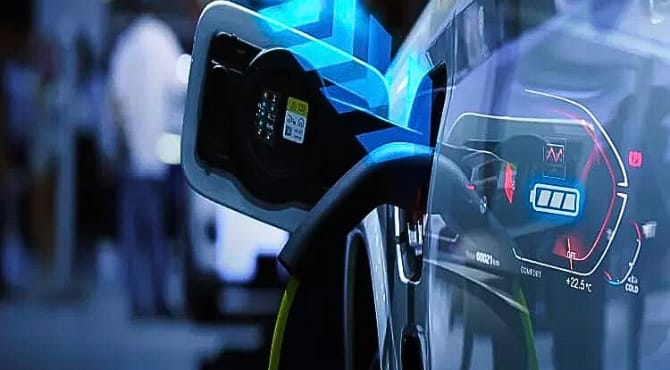A quiet revolution is underway on India’s roads. The new GST reforms have done more than cut taxes—they have recharged the country’s automotive ambition. From compact hatchbacks climbing into SUV territory to growing curiosity for electric cars, consumers across cities and towns are steering toward bigger, smarter, and more sophisticated vehicles. The latest SmyttenPulse AI survey, conducted in October 2025, captures this shift with an unmistakable message: India is buying up, not just buying more.
The aspiration drive
The heart of this transformation lies in aspiration rather than affordability. The study found that 79 percent of car buyers are funneling their GST savings into higher-end models or premium add-ons instead of saving the difference. About 46 percent have already upgraded, moving from small hatchbacks to compact or full-size SUVs as they chase status and comfort alike.
Sociologists and market analysts point out that vehicles have become modern symbols of progress for India’s upwardly mobile class. Owning a bigger car now mirrors one’s success story, a statement in motion. “Middle-class consumers today view an upgrade as a reward for their resilience,” says Swagat Sarangi, co-founder of SmyttenPulse AI. “Post-GST, aspiration has replaced hesitation.”
Dealers also report brisk demand for upper trims within existing brands. Over 60 percent of buyers prefer to graduate within the brand family instead of switching manufacturers. Compact SUVs dominate the charts, trailed by sedans and then hatchbacks—a sign that utility is giving way to lifestyle preferences.
Post-GST reforms’ confidence and financial readiness
Beyond the desire for status, the fiscal confidence among buyers has strengthened. Over half of respondents say they can now make larger down payments, suggesting that they feel more financially secure than last year. Another 58 percent prefer financing through loans or EMIs, while 30 percent are comfortably extending tenures to afford premium models.
Banks and dealers credit the combination of GST savings and festive-season offers for this change in consumer behavior. “The typical buyer today doesn’t view loans as a burden but as a bridge to a better car,” notes a Mumbai-based dealer, “There’s a sense of optimism that wasn’t there a few years ago.”
The electric turn: Hope meets hesitation
Perhaps the most intriguing aspect of the report is India’s emerging curiosity for electric vehicles. Nearly 75 percent of buyers express some level of interest in EVs for future purchases. Environmental benefits, at 68 percent, top the motivators list, followed by government incentives and more competitive pricing.
Yet, the road to electrification remains far from smooth. High battery replacement costs (75 percent) and sparse charging networks (55 percent) deter many potential buyers. Concerns over resale value and limited service infrastructure add another layer of caution. Still, the sentiment is shifting from doubt to discovery.
EV showrooms in cities like Pune, Bengaluru, and Hyderabad report more test drives than ever, reflecting a growing curiosity rather than immediate intent. For many, EVs represent the next logical upgrade—cleaner, futuristic, and a conversation starter about sustainability and self-belief.
Beyond affordability: A cultural shift
Post-GST policies have transformed car ownership from a financial decision into a cultural one. For years, car buying in India was purely functional—an exercise in balancing fuel efficiency and affordability. Today, the choice of vehicle mirrors lifestyle, status, and even values.
The rise of tech-integrated cars with connected dashboards, AI-assisted parking, and hybrid options, making feature-led decision-making mainstream. Middle-class consumers are no longer looking only at mileage, they’re evaluating design, safety, and digital convenience.
This holistic shift, experts say, signals a maturing market where aspiration and access finally intersect.
India’s post-GST car market is powering into a new era—fueled by reduced taxation, rising confidence, and a restless desire to move upward. The surge in SUV sales, cautious yet growing interest in EVs, and widening credit comfort all point toward a middle class ready to express itself on the road.
What began as a fiscal adjustment has evolved into a social movement— A nation redefining what progress looks like through metal, motion, and ambition. The “Upgrade Wave” isn’t just about new cars; it’s about a new India, confident in its drive toward tomorrow.









